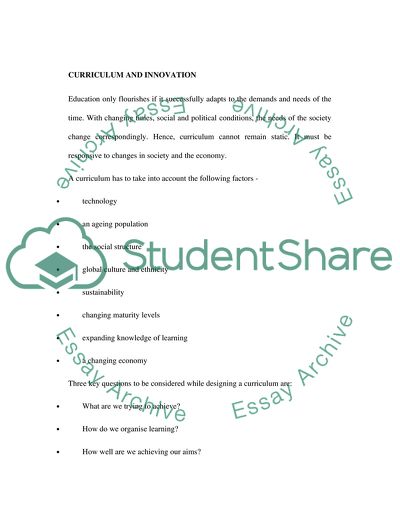Cite this document
(Discussion of a Curriculum Innovation Term Paper, n.d.)
Discussion of a Curriculum Innovation Term Paper. Retrieved from https://studentshare.org/education/1729404-outline-and-discussion-of-a-proposed-curriculum-innovation
Discussion of a Curriculum Innovation Term Paper. Retrieved from https://studentshare.org/education/1729404-outline-and-discussion-of-a-proposed-curriculum-innovation
(Discussion of a Curriculum Innovation Term Paper)
Discussion of a Curriculum Innovation Term Paper. https://studentshare.org/education/1729404-outline-and-discussion-of-a-proposed-curriculum-innovation.
Discussion of a Curriculum Innovation Term Paper. https://studentshare.org/education/1729404-outline-and-discussion-of-a-proposed-curriculum-innovation.
“Discussion of a Curriculum Innovation Term Paper”, n.d. https://studentshare.org/education/1729404-outline-and-discussion-of-a-proposed-curriculum-innovation.


